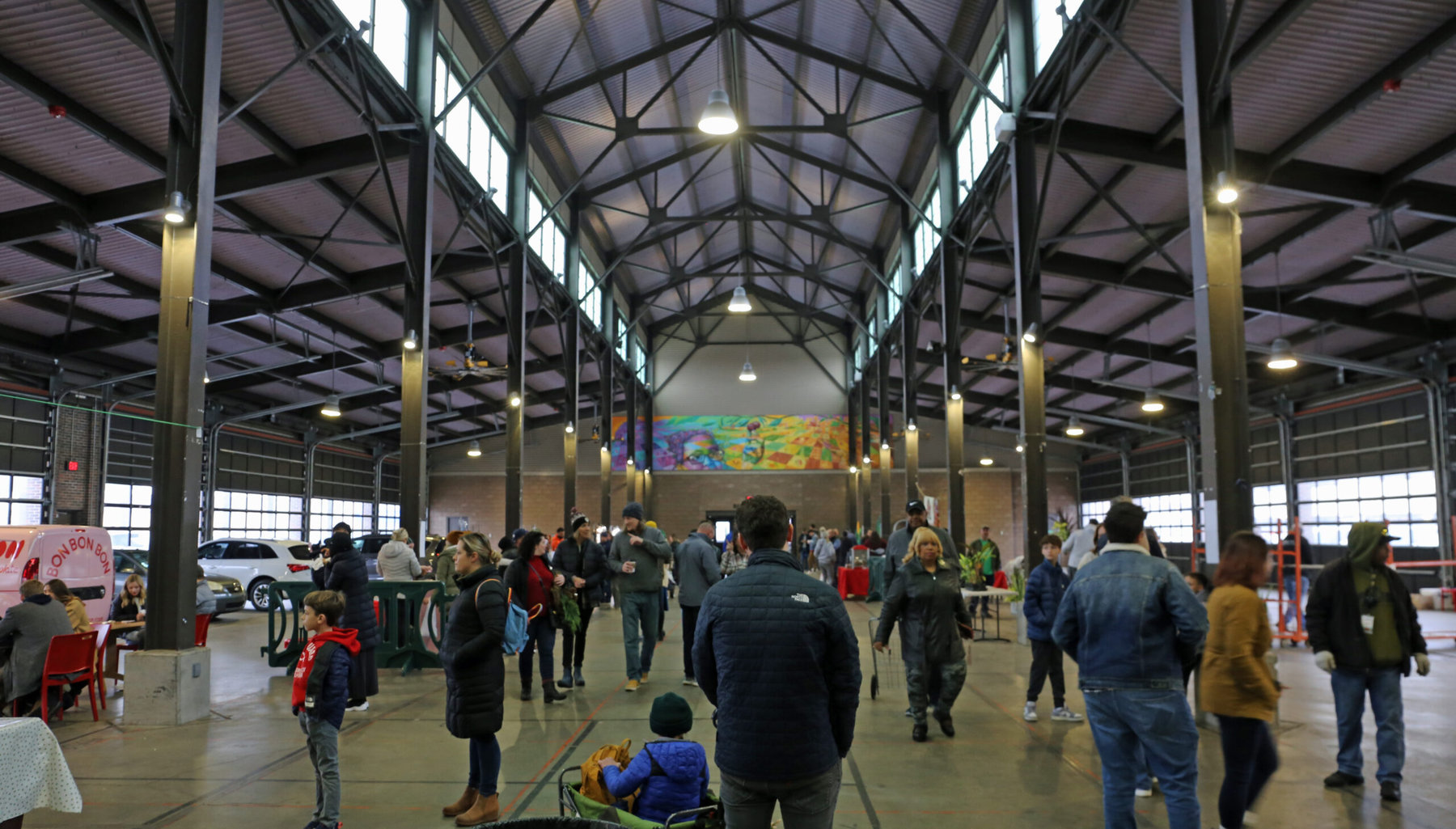There is a growing convergence of interest and effort on both sides of the Atlantic to bridge geographic economic divides and reconnect residents of rural and former industrial heartland communities to economic opportunity. Where these communities continue to decline, residents feel disconnected and alienated from a rapidly changing global economy and polity. Where economic regeneration has been done successfully, it serves to return community pride and optimism about the future, which in turn diminishes the appeal of polarizing, resentment-driven, isolationist, and ethno-nationalist political movements. These movements undermine our democracies from within and weaken our alliances and democracies’ capacity to counter the rising threat from authoritarian powers like China and Russia.
But given our cultures and societies in the U.S. and Europe are so different, what, if anything, can we learn from each other in doing this work well?
Many answers are found in the report just released from the Michigan Economic Center, Chicago Council on Global Affairs, and other partners in the Transforming Industrial Heartlands Initiative, sharing insights from a study tour of U.K. and E.U. officials to the U.S. heartland. As economic development leaders and practitioners from Europe traversed the Midwest, they both shared and absorbed important lessons for industrial heartlands transformation applicable on both sides of the Atlantic.
There are, of course, large differences between these countries in terms of culture, politics, funding, organizational, and policy contexts that shape the work of industrial heartland transformation. Germany, and other European countries, started planning the transition from an economy dominated by heavy industry decades ago. The U.S. and the U.K. are only now stepping up to embrace place-based economic policies.
In Europe, the government sector most often takes the lead and provides the financing in planning and managing economic change. In the U.S., it is left to local private and public sector leadership to get organized and raise the money.
The Europeans have models, structures, and processes to support economic transition as part of their “cohesion” strategy. U.S. community leaders have been largely making it up as they go.
U.S. practitioners the participants met on the study tour appeared to the Europeans as being entrepreneurial, risk-takers, and big thinkers. Europeans impressed the Americans as organized, deliberate, and methodical, and with a longer-term planning and execution horizon.
Other differences were striking.
Black-white racial dynamics and segregation in the U.S. are intense and affect all politics and decision-making. European countries, while investing significant public sector resources in economic change, barely tap the private sector and have virtually no philanthropies – critical institutions that often lead in the U.S. context – to help. The urban form of cities like Detroit and Cleveland makes no sense to Europeans, what with thriving innovation districts, blocks away from blasted out, and largely abandoned, once middle-class neighborhoods.
Yet, for all these vast differences a similar trajectory of rise, fall, and then rebuilding defines industrial heartlands on both sides of the Atlantic. A rise to industrial might and height; a dramatic collapse – job and population loss, and community deterioration; then, a plan to regroup and rebuild that, when successful, brings together similar elements.
These common elements of successful community regeneration efforts on both sides of the Atlantic include:
- A coordinated, community-specific strategy, building on existing assets and historic identity.
- Collaboration across sectors, and among varied levels of government, and robust public-private partnerships.
- Leaning into key business growth sectors, particularly in the emerging “green” and “blue” economies, and diversifying and taking traditional sectors into the future.
- A plan that attends holistically to economic, cultural, social, environmental, and aesthetic domains.
- Leveraging the formidable economic power of research, learning institutions and universities.
- Building the capacity of local institutions, organizations, and governments to organize, plan, and execute.
- Democratic and inclusive decision-making with residents about the direction for change.
The pathways to new prosperity for former industrial communities in the U.S., U.K. and the E.U., while unique to each community, follow similar counters, and blend together comparable ingredients—including paying deliberate attention to the politics of the community. Understanding the wounded pride, and anxieties for the future of heartland residents. Leaders meeting and engaging residents where they are, not talking down to them. Helping them fashion a new story of hope and realize their own brighter vision of a future rather than telling them what they need to do.
So, what can we learn from each other?
Europeans have a lot to offer still-struggling U.S. communities about planning ahead, and investing sufficiently — like around how to organize the machinery of economic development (or “regeneration” as they call it in Europe) and making it hum. The U.S. can show Europeans how to nurture a culture of entrepreneurship and risk-taking, how to think big and adapt on the fly, how to get the engine of new jobs and economic growth going with the business community and private sector out front.
By sharing these ideas, tools, and strategies more fully across the Atlantic, and beyond, leaders and economic development practitioners globally can learn which levers to pull, and how to work them to reinvigorate local economies, and in so doing, revitalize democracy and take the steam out of polarizing populist movements.




